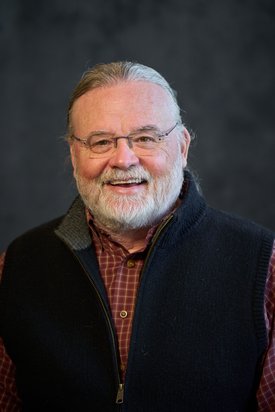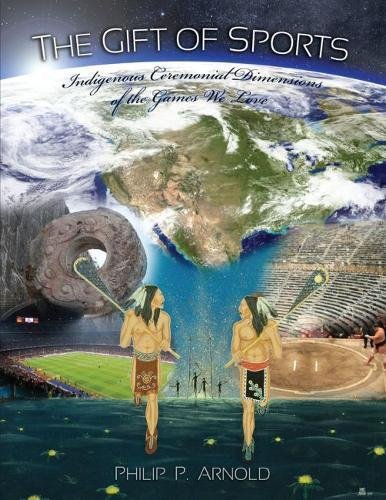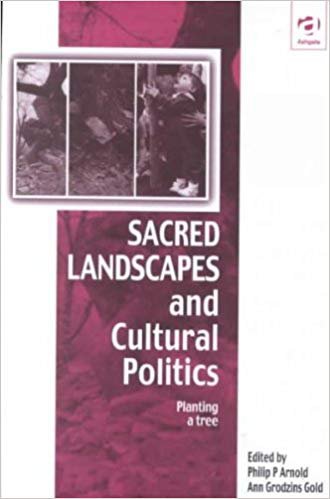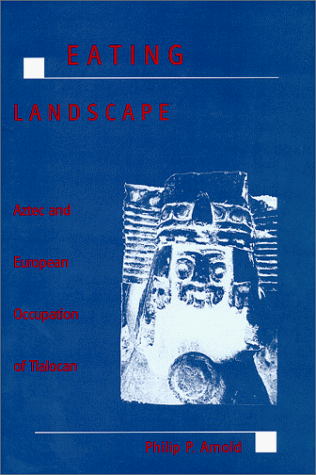
Philip P. Arnold
DEPARTMENTS
- Center for Global Indigenous Cultures and Environmental Justice
- Religion
AFFILIATIONS
- Native American and Indigenous Studies
Professor and Director of Undergraduate Studies
CONTACT
-
508 Hall of Languages
Email: pparnold@syr.eduOffice: 315.443.3861
CV
Entries in the areas listed below (other than biography and books) are selections delimited to the last five years. Consult the faculty member’s biography, listed website(s) or CV for additional information.




